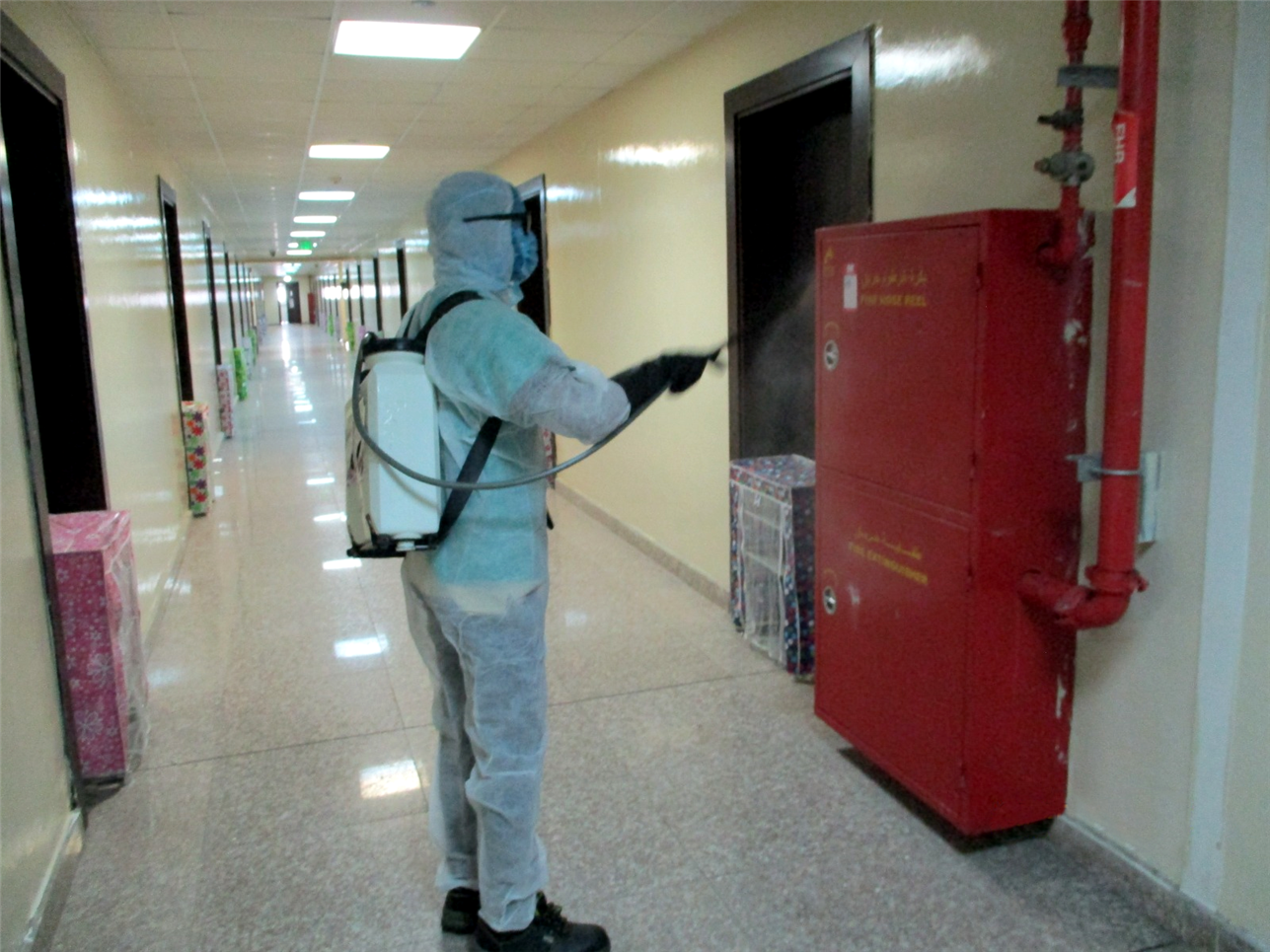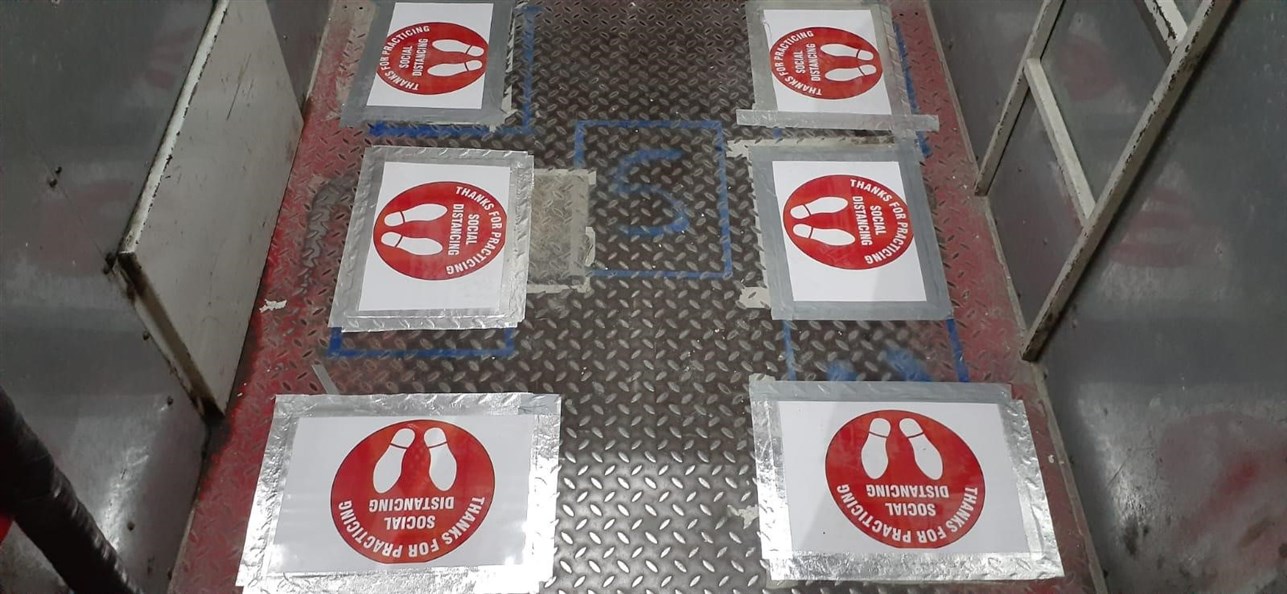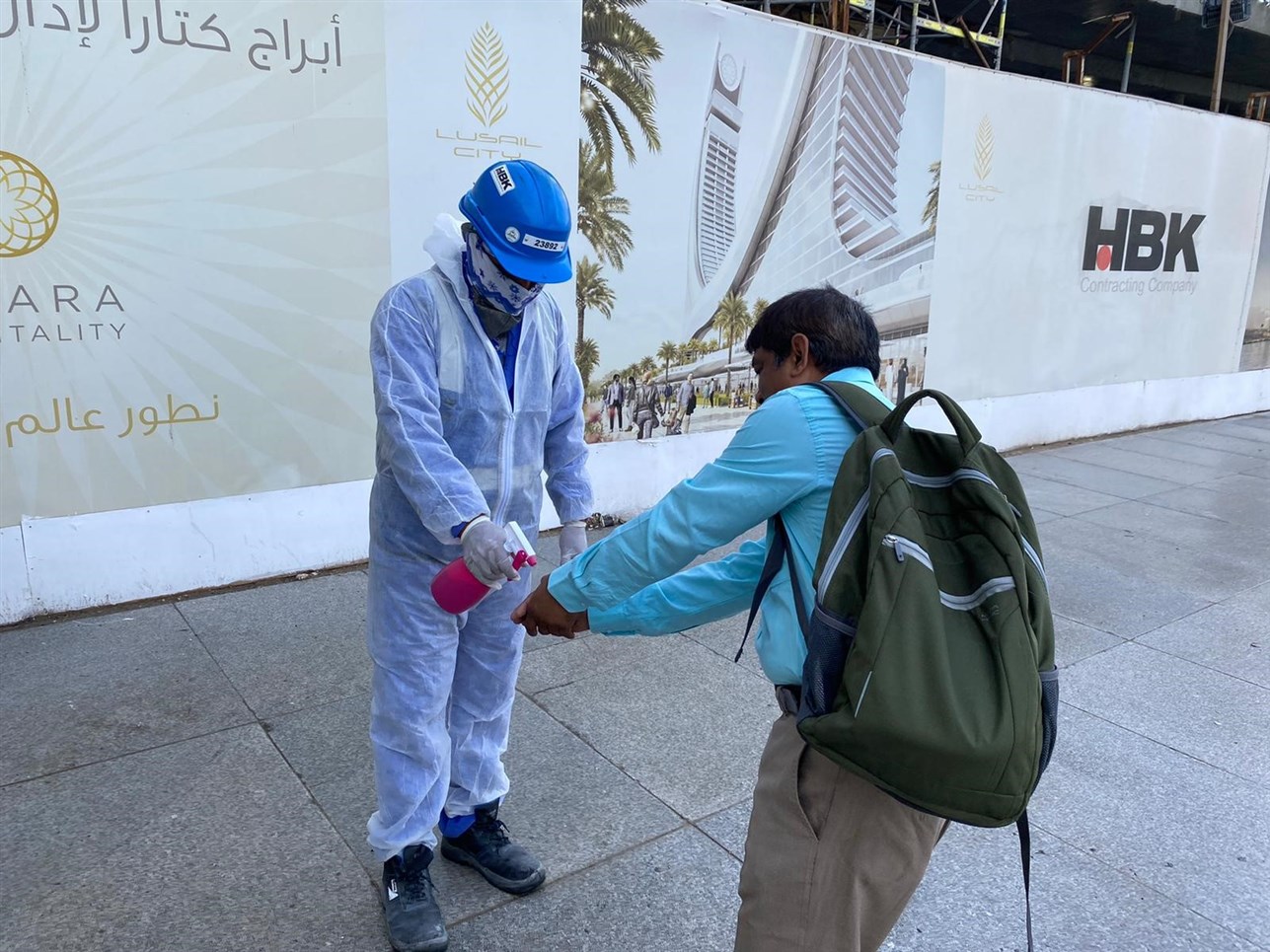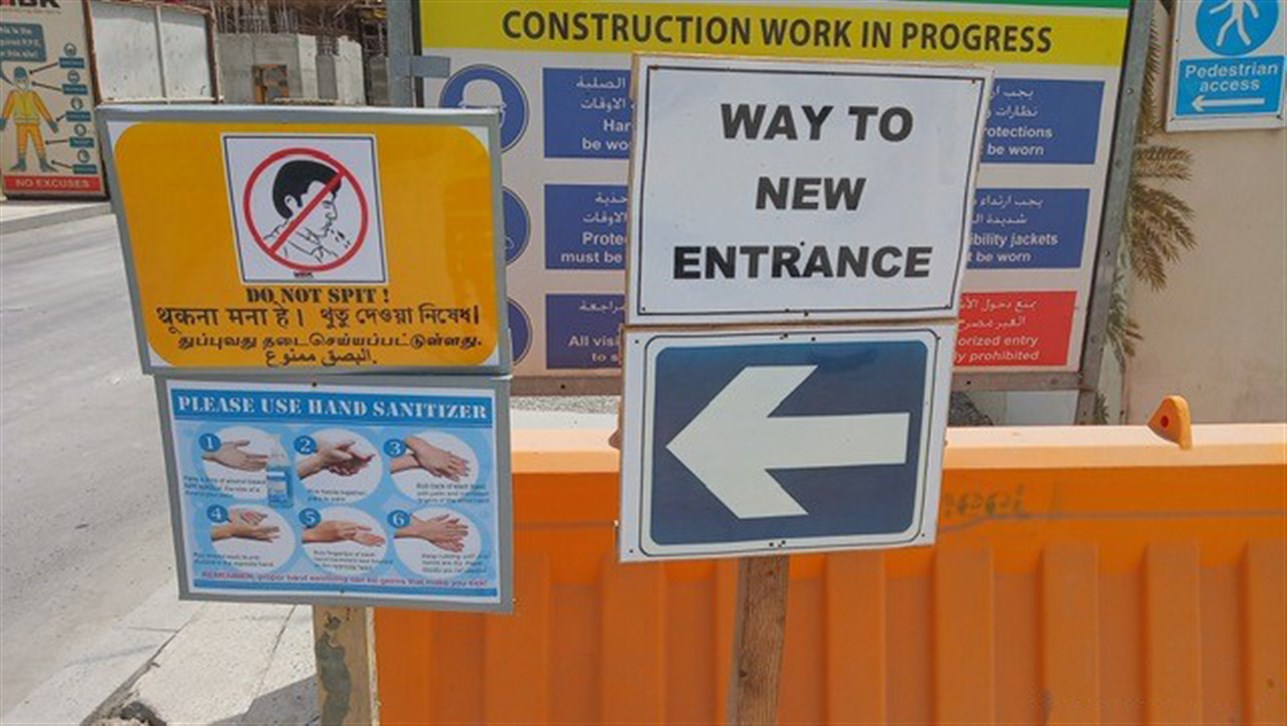
Date12.05.20
LocationQatar Middle East
With the coronavirus pandemic still raging around the world, businesses are scrambling to adapt to a new normal. In the construction industry, clients are temporarily ceasing activities where needed and learning how to remain operational where it is safe and possible to do so.
When the coronavirus pandemic occurred, works across construction projects in the region were at their peak. From a crisis management standpoint, however, responding to the coronavirus was no different from responding to any other crisis. On certain projects, stakeholders decided to forge ahead with construction, and Dar was called in to create workable safety plans, tailored to protect the workers and address the unique challenges posed by the outbreak. The plans would allow the construction teams to safely navigate the unforeseeable twists and turns of the pandemic and equip them to be nimble in real time and better positioned for any scenario.
1. Information Hygiene: Raising Awareness and Combatting Misinformation
Toolbox Talks, health trainings, and awareness sessions were regularly held for workers in order to create heightened awareness of COVID-19, its symptoms, and its effects. Topics included hand and respiratory hygiene, cough etiquette, and other dos and don’ts to prevent transmission to co-workers and colleagues. Such communications were planned and delivered to combat rumours and misinformation without raising fear and anxiety among workers and employees.
2. Environmental Cleaning
Comprehensive cleaning regimes and disinfection programs have been implemented for all areas, including accommodations, dining spaces, site offices, mess halls, toilets, transportation vehicles, and other construction areas. Routine cleaning methods, with regular disinfectant containing a diluted bleach solution, also cover all frequently touched areas in the workspace and accommodation facilities including surfaces (desks, tables, etc.) and objects (telephones, keyboards, doorknobs, lift lobbies, toilet bowls and bathroom surfaces, and others).
3. Hygiene
Adequate facilities and equipment have been introduced or distributed in order to improve personal hygiene in the accommodations, work areas, welfare facilities, dining areas, and across all project sites. These include personal protective equipment (PPE), washing facilities, hand sanitisers, and cleaning and sanitary materials. All of these materials are monitored in order to be replenished in a timely manner.
4. Monitoring and Reporting
Medical teams and health and safety staff are taking measures to monitor all workers, staff members, and visitors for visual symptoms, body temperature, and other indications of any illness before they proceed to project sites.
Anyone showing or developing symptoms will immediately report to the on-site first aid clinic. Isolation units are provided and managed within site facilities to ensure that any individuals with suspected symptoms would have zero exposure to co-workers before their transfer to authorised medical centres.
A common contact number was provided for internal reporting, and a protocol was established for reporting any potential cases to external agencies such as the Ministry of Public Health.
5. Accommodation Clusters
The accommodation facilities hosting the project’s workforce have been divided in such a way as to facilitate monitoring and screening in order to help early detection of relative COVID-19 symptoms. Moreover, isolation units were provided within the accommodation facilities in order to ensure that individuals with suspected symptoms would have zero exposure to other co-workers pending transfer to authorised medical centres for proper care.
6. Transportation
The health and safety plan also included rearranging shifts and reducing the number of workers who are transported in one bus journey. Likewise, the number of passengers using site lifts and hoists at a single time was limited, with clear signage introduced to maintain social distancing.
7. Document Management
In order to limit day-to-day interactions where possible and to avoid multiple hand contacts, the use of electronic transmission was enhanced with regards to submitting, receiving, and sharing letters, submittals, information, deliverables, and other documents.
8. Contact Tracing
A contact register has been introduced in order to enhance contact tracing, update information, and facilitate immediate precautionary measures just in case of any event. The intent is to facilitate daily reporting of any suspected/confirmed/quarantined cases or close contact cases in any respective site for the purpose of immediate identification and notification across all related project sites in order to control the spread of COVID-19.
Safety measures in real time
Dar also disseminated information provided by local authorities such as the Ministry of Public Health, Ministry of Administrative Development, Labour and Social Affairs. The company is also consistently monitoring the regularly updated official guidelines and requirements in order to adapt plans as necessary to ensure the continued safety and security of the workforce.
Related News








